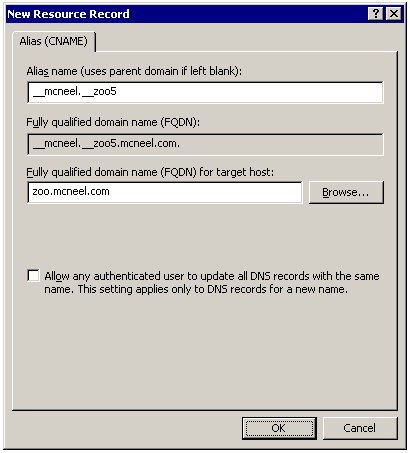How Does Rhino for Mac Find a LAN Zoo Server?
Product: LAN Zoo
Summary: An overview of how Rhino for Mac finds a LAN Zoo license manager server.
When Rhino needs a license from a LAN Zoo server, it determines the name of the LAN Zoo server by looking in the following locations in this order:
- The ZooClient Settings xml file. Looks for the host name or IP address of your LAN Zoo server.
- Queries your Domain Name System (DNS) server for the default LAN Zoo server name.
More information
ZooClient Settings file
When running as a network node, Rhino determines the name of the LAN Zoo server by first looking in the LicensesZooClient.Settings.xml file in this folder:
Rhino 8
/Users/Shared/McNeel/Rhinoceros/8.0/License Manager
Rhino 7
/Users/Shared/McNeel/Rhinoceros/7.0/License Manager
Rhino 6
/Users/Shared/McNeel/Rhinoceros/6.0/License Manager
The contents of the file can be viewed and edited with a text editor. The contents of the file will look similar to this:
<?xml version="1.0" encoding="utf-8"?> <!--Zoo client settings file written by Rhino--> <ZooClient> <Software_McNeel_Rhinoceros_6.0_License_Manager Server="host name or IP address" /> </ZooClient>
Where: “host name or IP address” is the host name or IP address of your LAN Zoo server.
Note: In order for Rhino to create this file, the user running Rhino must have rights to create files in this location.
Also: The Software_McNeel_Rhinoceros_6.0_License_Manager xml tag shown above is used by all Rhino versions, not just Rhino 6.
Using DNS
If Rhino cannot determine the name of the Zoo server by searching in the ZooClient Settings file, it then queries your DNS server for the default Zoo server, which is the following host name:
__mcneel.__zoo5
For example, if your company's domain is mcneel.com, then you can add a DNS alias of __mcneel.__zoo5.mcneel.com which points to your Zoo server.
